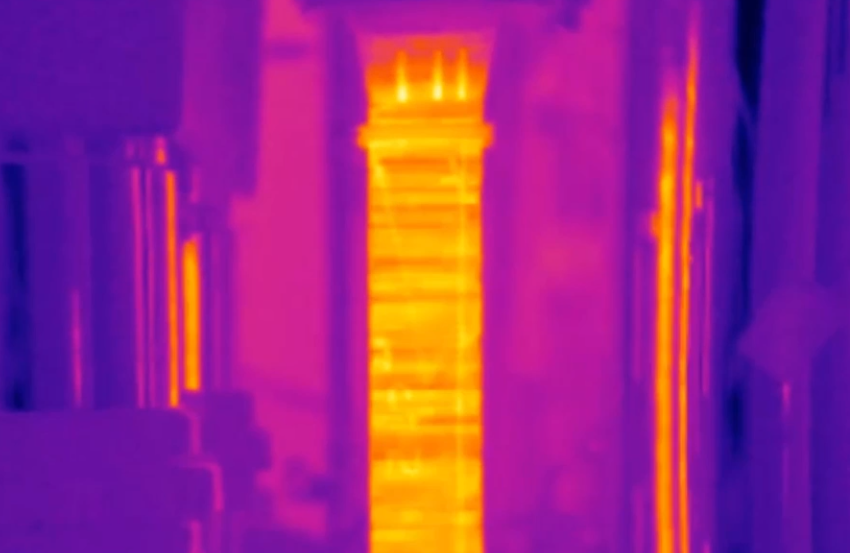Issue Brief for the 47th Open-Ended Working Group of the Montreal Protocol and Side-Event
.png)
The global transition away from high-global-warming-potential (high-GWP) hydrofluorocarbons (HFCs), as mandated by the Kigali Amendment to the Montreal Protocol, is well underway. Yet achieving long-term climate and compliance goals will require a rapid expansion in alternatives to high-GWP refrigerants in conventional vapor compression systems—especially given increases in heat waves and other extreme weather events. This will require a broader portfolio of approaches. Alternative Cooling Technologies (ACTs) present one such opportunity—offering fundamentally different ways to deliver cooling and protect the climate.
ACTs include systems and methods that do not rely on vapor compression or fluorinated refrigerants. They encompass both active technologies—such as solid-state cooling, magnetocaloric and elastocaloric systems—and passive approaches including improved insulation, radiative cooling, and thermal mass strategies in buildings.
ACTs can complement the adoption of natural refrigerants and mid- to low-GWP chemical substitutes, expanding the portfolio of solutions available for a low-carbon cooling transition. Alongside ACTs, Lifecycle Refrigerant Management (LRM)—which aims to recover, contain, and properly dispose of existing refrigerant banks—remains essential to reducing current and legacy emissions. When working in tandem ACTs and LRM, along with natural refrigerants, can help ensure the phase-down of HFC production and consumption under the Kigali Amendment and, potentially, enable Parties to go beyond compliance by transforming how cooling is delivered and sustained.
This Issue Brief highlights the importance of ACTs in supporting the objectives of the Kigali Amendment and in delivering additional climate benefits. It reviews progress and discussions from recent Montreal Protocol meetings, defines ACTs within the broader technological landscape, and outlines key early-stage technologies with potential relevance across markets and applications. It also acknowledges the proprietary and early-stage nature of the development of many ACTs, and the reluctance or inability of ACT developers to seek peer review or independent validation due to risks to intellectual property and startup business models.
The Issue Brief identifies specific areas where ACT development could be accelerated, including through more interaction with the Technology and Economic Assessment Panel (TEAP), potential pilot project funding under the Multilateral Fund for qualified ACTs, and integration into national cooling action plans.
By expanding focus to include ACTs, Parties to the Montreal Protocol can strengthen climate outcomes, promote innovation, and secure additional pathways to achieve Kigali Amendment goals.
(Cover Image Courtesy of Exergyn.)
